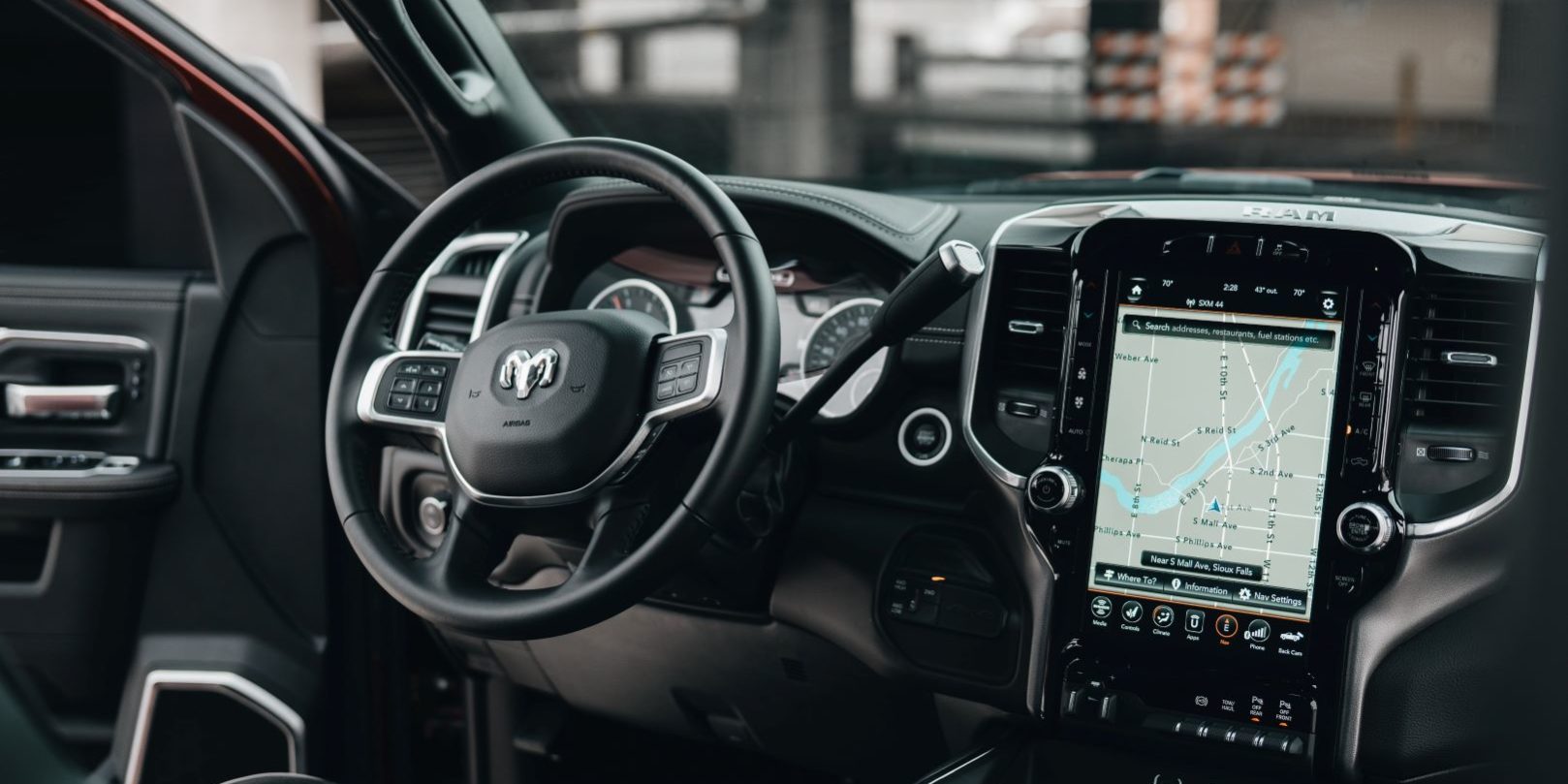A new study by the AAA Foundation for Traffic Safety has found that too many drivers are unaware of the safety limitations of the advanced driver-assistance systems in their vehicles. As a result, they are taking for granted that these systems will always warn them or help them take corrective action before a collision occurs.
These systems have a variety of tools to help drivers avoid collisions, including:
Blind-spot monitoring
Some of these systems will sound an alarm if they sense the presence of an object within a blind spot, and others include cameras that can transmit an image to the head unit or another monitor.
Forward collision warning
These systems will sense the proximity of other vehicles, pedestrians, animals and various roadway obstructions, and warn you. Some systems can also take other preventive actions, such as pre-charging the brakes or applying tension to the seat belts.
Lane-keeping assistance
If the system determines that the vehicle is drifting, it will sound an alarm so that you can take a corrective action in time to avoid hitting another car or running off the road.
Adaptive cruise control
This will automatically slow down or speed up the vehicle in response to the actions of the car or truck in front of it.
Automatic braking
This technology is designed to reduce the severity of high-speed collisions in the event of a lapse of driver attention.
Driver blind spot
The AAA study found that:
- About one in six drivers didn’t know whether their car had automatic braking technology.
- Some 78% of drivers with blind-spot monitoring systems were unaware of their limitations or incorrectly believed the system could accurately detect vehicles passing at very high speeds, or bicycles and pedestrians. In reality, the tech can only detect when a vehicle is traveling in a driver’s blind spot and many systems are not well-equipped to sense pedestrians or cyclists.
- Nearly 40% of drivers did not know the forward collision warning and automatic emergency braking system’s limitations, or confused the two technologies. They thought that forward collision warning could apply the brakes in the case of an emergency, when the technology is only designed to deliver a warning signal.
- About 25% of drivers using blind-spot monitoring or rear cross-traffic alert systems reported feeling comfortable relying solely on the systems and not performing visual checks or looking over their shoulder for oncoming traffic or pedestrians.
- About 25% of vehicle owners using forward collision warning or lane departure warning systems reported feeling comfortable engaging in other tasks while driving.
The takeaway
When these systems are relied upon and used properly, they can greatly reduce the chances of having an accident. However, false expectations for these systems can easily lead to misuse of the technology or an increase in driver distraction, resulting in a greater chance of a serious accident. If you are purchasing a car, you should read the owner’s manual to understand all of the bells and whistles in terms of advanced driver assistance systems that may be installed. If you are purchasing the vehicle at a dealership, ask the salesman to go over all of the safety features and how to properly use them.
Ask the dealership for an in-vehicle demonstration and test drive to better understand how the systems will engage on the roadway. And ask plenty of questions about the alerts, functions, capabilities and limitations of the vehicle’s safety technologies before leaving the dealership. For example, ask if there are scenarios when a technology will not function properly on the road.








